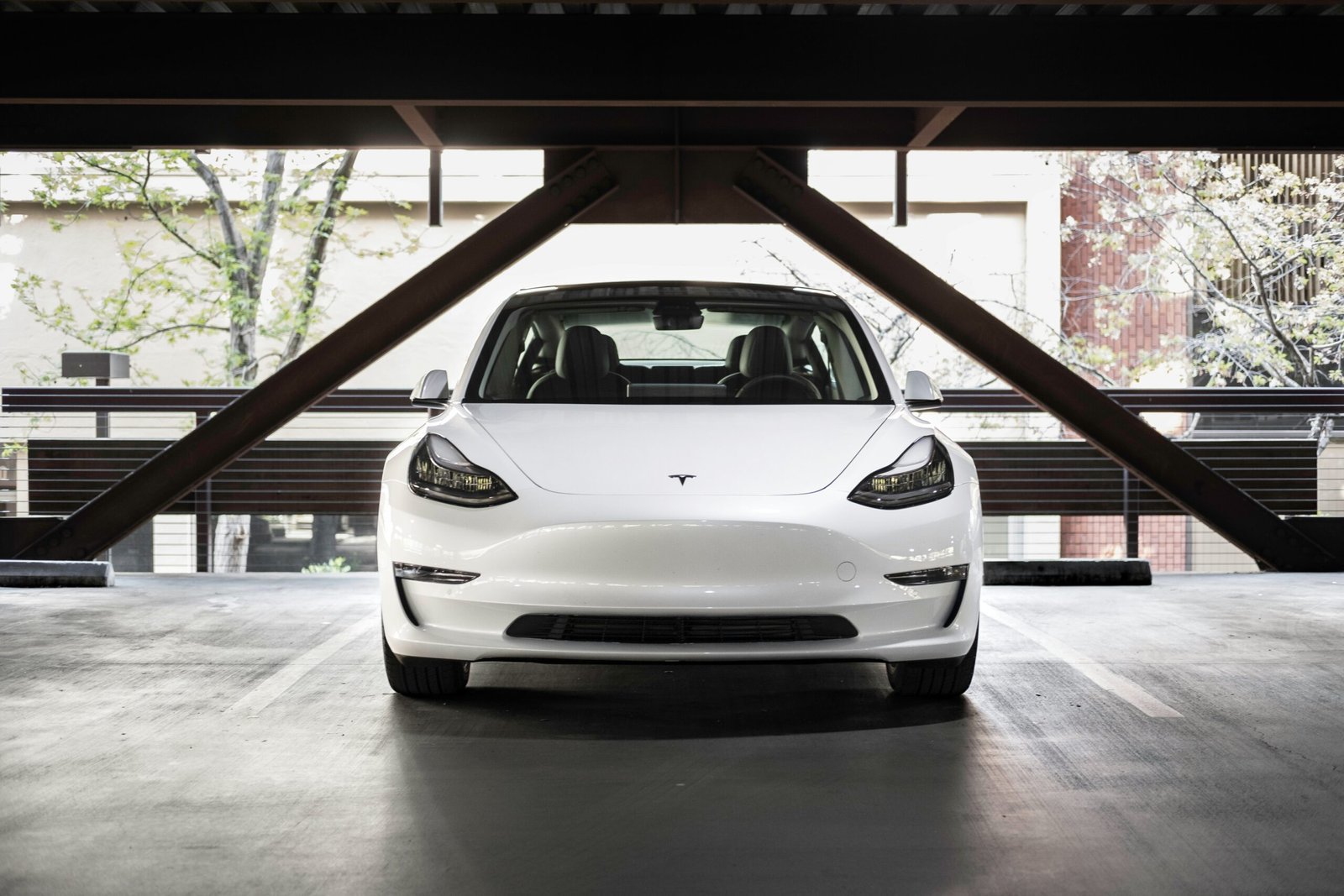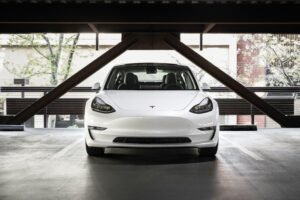Tesla Internship, Power Electronics Electrical Engineer, Energy Engineering

About Course
Tesla Power Electronics Interview Questions
This comprehensive course is designed to prepare aspiring engineers for the challenging and multifaceted Tesla Power Electronics interview. Whether you’re aiming to work on automotive inverters, energy storage converters, or next-gen powertrain components, this module provides realistic questions that reflect Tesla’s high technical bar. The Tesla Power Electronics interview questions included here are focused on core areas such as converter design, test validation, thermal management, and system integration.
Tesla’s Power Electronics team pushes the limits of power conversion, reliability, and efficiency across multiple platforms—Vehicle, Powerwall, Megapack, Solar, and Manufacturing. Engineers in this domain are expected to design hardware, simulate performance, validate on bench setups, and iterate quickly. To meet these demands, this course features 100 expertly curated Tesla Power Electronics interview questions, built from real Tesla internship and full-time role requirements.
Course Overview
Our module includes 100 tailored Tesla Power Electronics interview questions, each with detailed explanation to cultivate deep comprehension and problem-solving skills. Questions are structured in various formats to match Tesla’s stages of evaluation—from phone screens to design panels.
Question formats include:
- Multiple-choice trade-off evaluation
- True/False technical correctness checks
- Fill-in-the-blank performance spec definitions
- Open-ended design and debugging scenarios
This structure ensures you learn not only what answers are correct, but also why—reflecting the Tesla Power Electronics interview expectations for holistic reasoning.
Key Technical Topics Covered
To align with technical themes evaluated in the Tesla Power Electronics interview, this course covers:
Converter Architecture & Simulation
- Switched-mode converter designs (buck, boost, flyback, resonant)
- Magnetic component sizing and loss trade-offs
- EMI filter design and impact on efficiency and regulation
Control & Firmware Interaction
- Control loop compensation and transient response tuning
- Firmware-controlled fault detection and I/O interfacing protocols (CAN/SPI/I²C)
Thermal & Mechanical Integration
- Thermal modeling for heat sinks and airflow in electric vehicle and stationary use
- Mechanical reliability: vibration, shock, and packaging for high‑voltage components
Validation & Test Engineering
- Bench validation for efficiency curves, load steps, and thermal cycling
- High-voltage lab safety, test fixture setup, and automated test flow scripting
Failure Analysis & Root-cause Methods
- Identifying failure modes: FETs, magnetics, capacitors, connectors
- Structured failure analysis using thermal imaging, hysteresis testing, and data review
System-level Integration
- Aligning power electronics with drivetrain, inverter, and BMS subsystems
- Trade-offs for weight, cost, safety, and manufacturability at scale
Why This Course Works
These Tesla Power Electronics interview questions were developed using real job criteria from Tesla’s Power Electronics internships and engineering roles (tesla.com). You’ll gain skills in:
- Designing high-efficiency converters with firmware and hardware co-optimization
- Validating performance and reliability under real-world stress conditions
- Articulating trade-offs clearly and confidently during interviews
Our question rationales emphasize design reasoning, measurement interpretation, and system awareness—essential in the Tesla Power Electronics interview.
Who Should Take This Course
This module is ideal for:
- Electrical and power electronics engineers applying to Tesla’s internship or full-time design teams
- Candidates preparing for technical interviews focused on converters, inverters, or EV-grade power systems
- Engineers wanting to transition into energy storage or automotive converter design
You’ll gain not just interview-prep, but also the technical fluency to contribute to Tesla’s power electronics initiatives from day one.
Sample Questions You’ll See
- Design a boost converter for a 400 V bus: select topology, control method, and filter components.
- How would you test high-voltage converter efficiency under dynamic load using automated scripting?
- Describe a root-cause approach to a converter failure discovered during thermal cycling.
- Outline protection strategies (OVP, OTP, short-circuit) in firmware and hardware for a switching converter.
These Tesla Power Electronics interview questions nurture an engineering mindset grounded in clarity, rigor, and design ownership—traits that Tesla highly values.
Start Preparing Today
Mastering these 100 real-world Tesla Power Electronics interview questions will help you stand out in phone interviews, technical panels, and onsite challenges. You’ll build not just knowledge, but confidence in your ability to address Tesla’s most pressing converter design and validation problems.
Begin your preparation now and get ready to ace the Tesla Power Electronics interview.
👉 View Tesla Power Electronics Internship →
👉 Practice more Tesla Interview Questions →
Course Content
Tesla Internship, Power Electronics Electrical Engineer Interview Questions
-
Tesla Power Electronics Electrical Engineer Intership Interview Questions – Easy
-
Tesla Power Electronics Electrical Engineer Intership Interview Questions – Medium
-
Tesla Power Electronics Electrical Engineer Intership Interview Questions – Difficult
-
Tesla Power Electronics Electrical Engineer Intership Interview Questions – Behavioral/Culture Fit